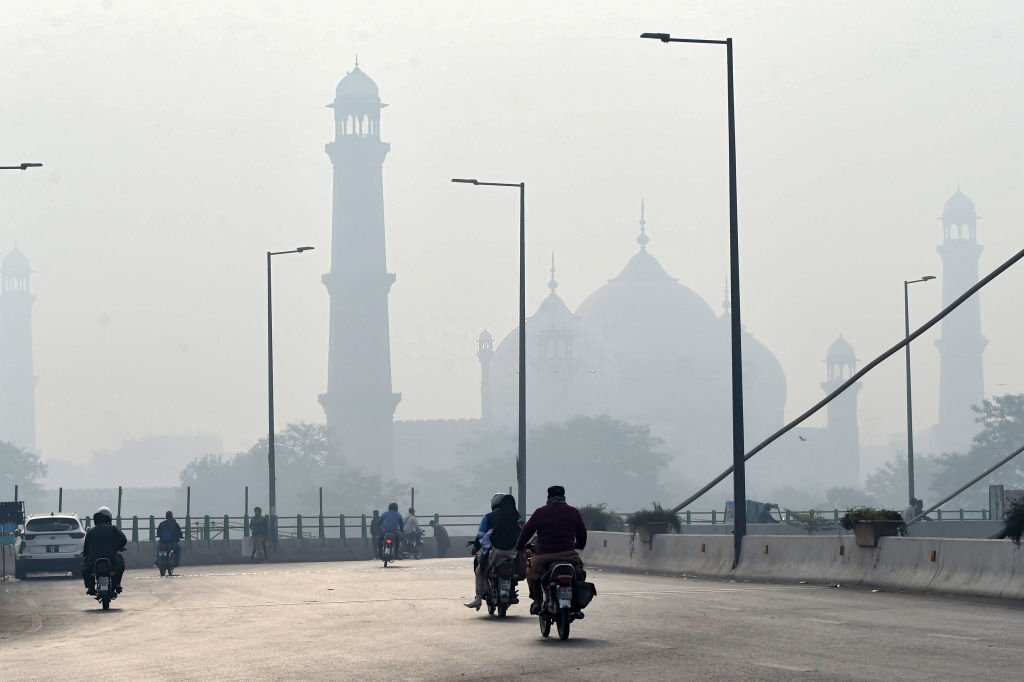Lahore, the second-largest city in Pakistan, has claimed the undesirable title of the world’s most polluted city, as reported on Thursday. The entire day witnessed unhealthy air quality levels, exacerbating the ongoing smog crisis that continues to adversely impact the lives and well-being of millions.
IQAir’s recent data underscores Lahore’s grim situation, with an alarming air quality index (AQI) of 470. This air quality is classified as “hazardous.” This places Lahore at the forefront of global pollution, surpassing Delhi at 302 and Karachi at 204.
The smog predicament in Lahore results from a lethal combination of vehicle emissions, industrial pollutants, and crop burning, propelling the concentration of PM2.5, the most harmful particulate matter, to levels exceeding 15 times the WHO’s annual air quality guideline value.
Not only has the smog impeded visibility, but it has also disrupted flight operations in the city, posing a significant challenge to daily life. Residents are dealing with respiratory issues, eye infections, and skin diseases due to the toxic air. in such situations, some residents are considering leaving the city to escape the hazardous conditions.
READ MORE: Punjab Government Explores “Artificial Rain” Solution to Tackle Lahore’s Severe Smog Crisis
In response to the escalating crisis, the Punjab caretaker set-up, on Wednesday, announced the closure of all educational institutions and public and private offices on Saturday across the province. This decision, aligned with the Lahore High Court verdict, aims to implement measures to mitigate the smog’s impact.
The annual recurrence of the smog crisis in Lahore and Punjab, particularly during October, November, and December, stems from weather conditions that trap pollutants in the lower atmosphere. These conditions have consistently positioned Pakistan as the third-most polluted country globally, with Lahore emerging as the most polluted city, according to insights from the global environmental think tank, IQAir.


